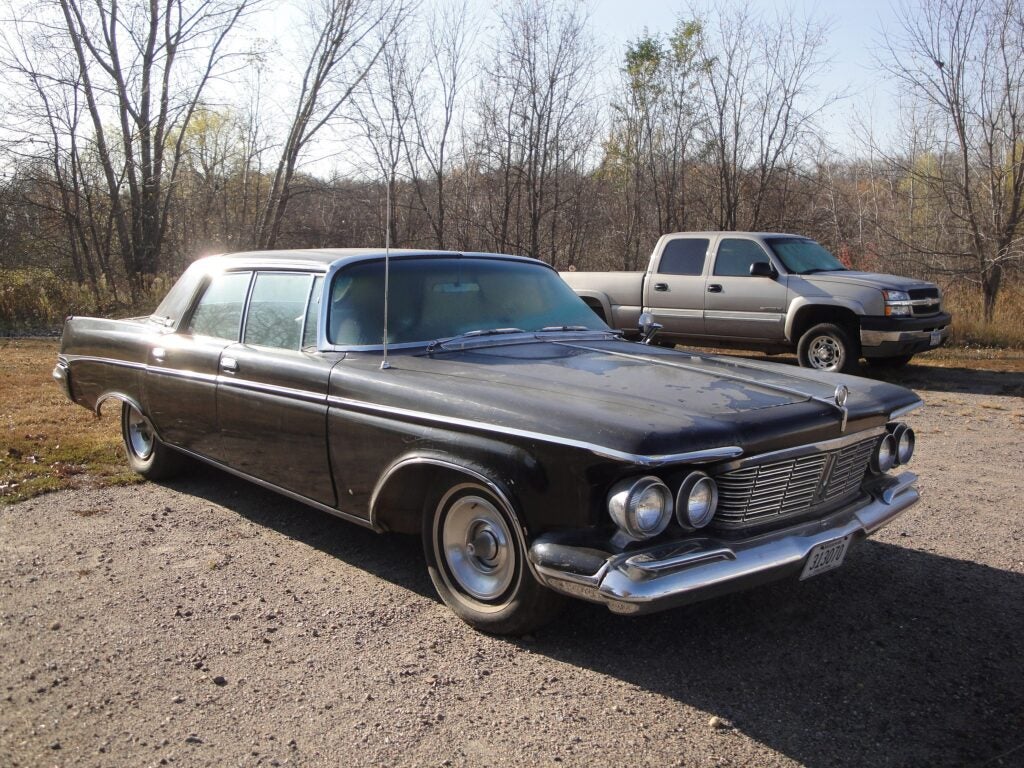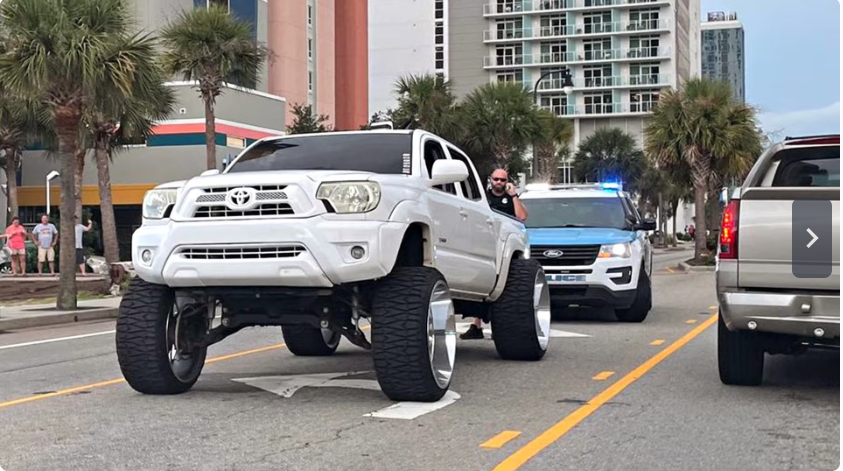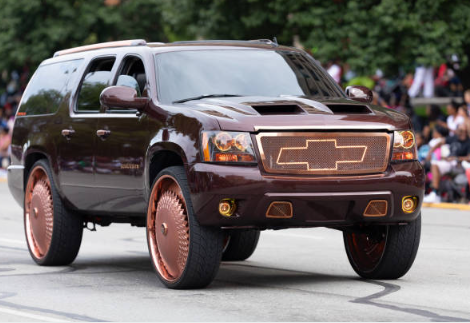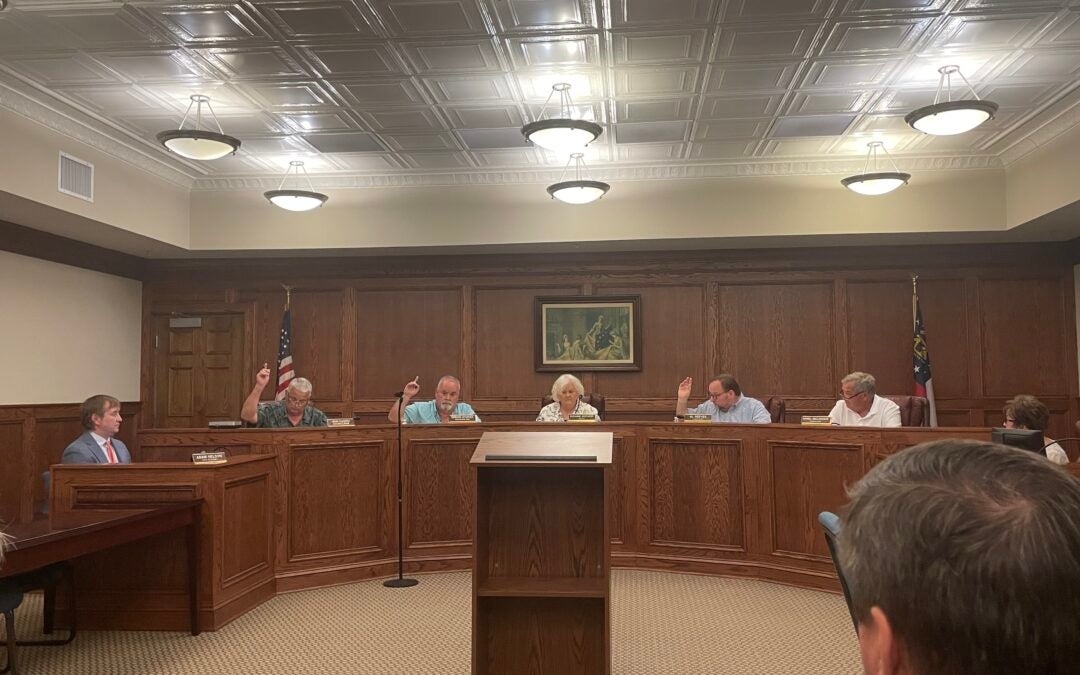People have been customizing their rides ever since the first American teenager got his hands on a set of car keys, and the results sometimes prove disastrous for the car involved.
In the 1950s, it was totally cool to take an old Ford jalopy and modify it to handle a Rocket 88 or similar performance engine, drop in a new rear end and place wide tires on the back for a fun weekend night of drag racing. Most of those cars themselves are now considered classics.
Other classic vehicles did not fare so well.
The 1964-1966 Imperial by Chrysler was one of the cars that suffered because they were modified for use in demolition derbies. The Imperial was the last of its kind body-on-frame version, and it did not share any underpinnings with any other Chrysler marque. The cars were seemingly built to last forever.

However, people with no foresight, took the cars, which were already built in low numbers, and stripped them clean of their deluxe interiors and added in roll bars. According to Autoevolution, while the cars were nearly indestructible, if the cars would not have been banned from demolition derbies, there likely would be none left at all.
These days, fewer people modify vehicles to purposefully wreck them, but some of today’s modifications can dramatically affect the value of the car, especially those that have become collectable over time.
Loud mufflers
The latest auto craze has been to install artificially loud mufflers on cars. Now, this is not adding high performance glass-packs to a ‘72 Olds 442, but merely installing a muffler with no performance value that is guaranteed to wake the neighbors early on a Saturday morning. Veteran Car Donations recommends keeping the original parts and taking the “vanity muffler” off before trying to sell the car, or risk turning off a potential buyer by simply cranking the engine.
Non-functional Body Mods
During the 1970s, people used to take beater VW Beetles from the 1950s and ‘60s and make all kinds of weird modifications such as knock-off Rolls Royce grilles or aftermarket spare tire bumps, both of which looked ridiculous.
Those same people later learned that those early Beetles would have retained or even increased in value if the body had been left alone and the car’s factory appearance maintained.
The same is true of modern vehicles where people add in fake air scoops and goofy looking body cladding. While the car may look cool to you, it may be tough to sell the car and recoup the costs spent making a rice burner look like an tire shredder.
Wild mag wheels and squatting
While some mags can increase the value of car, the insanely large wheels that have been in vogue in recent years are an all-around bad idea. Entire suspension systems have to be modified to accommodate the giant, flashy wheels.
Many classic Ford Crown Vic’s have been virtually ruined to adhere to the fad and, most of the time, it costs more than the car is worth to undo the damage.
The same goes for the ridiculous looking trucks given the “Carolina Squatting” treatment. According to J.D. Power, this fad not only ruins the ride, performance and handling of the truck; but the damage is also nearly irreversible. It also makes the driver look rather moronic and cartoonish.
Just don’t do it.

Illegal mods
While tampering with emissions control systems by removing catalytic converters may increase the performance of a vehicle, one must keep in mind that what may be legal in one state can garner a fine in other states.The same goes with tinting windows or headlights.
Many people who collect mid-1970s boulevard ride cars want to purchase a car that is bone stock, and yes, that includes some of the items that tend to zap overall power.
Insurance ramifications
The bottom line is that the car owner should weigh the pros and cons of doing any faddish modifications that could impact the value and that goes for what those mods may do to the cost of insurance.
Many policies have mice-type in the contract that will invalidate portions of the coverage and that can really hurt the wallet.
See you on the road!!
Scott Hudson is the Senior Investigative Reporter and Editorial Page Editor for The Augusta Press. Reach him at scott@theaugustapress.com










